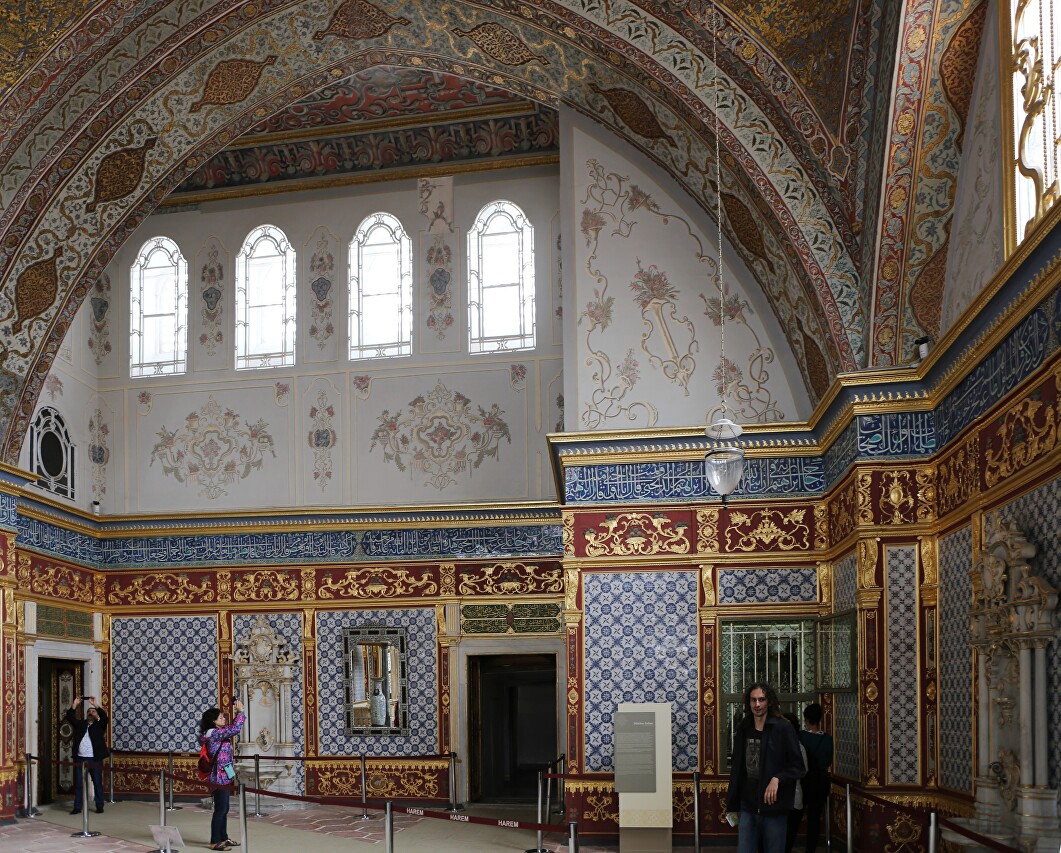Imperial Hall of the Topkapi Palace Harem
The largest and most ornate hall of the harem was built in the era of Suleiman I, between 1580 and 1590. The most famous name is the Imperial Hall (Hünkâr Sofası), sometimes called the Inner Throne Room or the Entertainment Hall. It is a place of official receptions, religious festivals and wedding ceremonies, as well as entertainment for the inhabitants of the Harem.
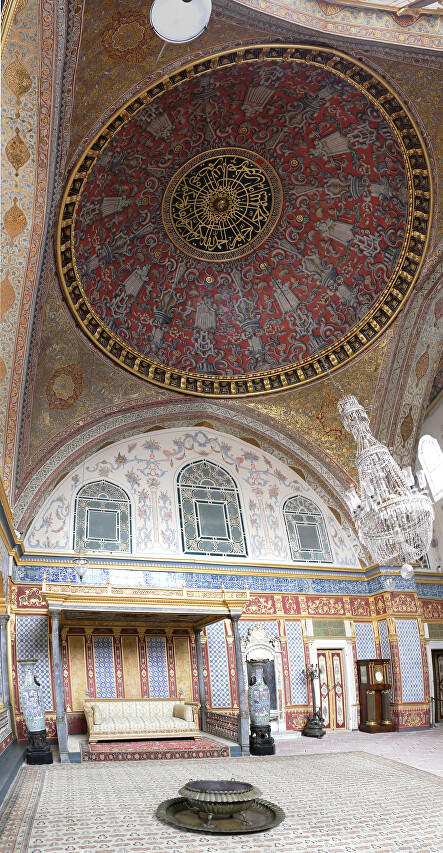
In 1666, the so-called Great Fire destroyed a significant part of the palace, as a result, most of the interiors of the hall were lost, but the arches, ceilings and dome have retained their original decoration to this day.
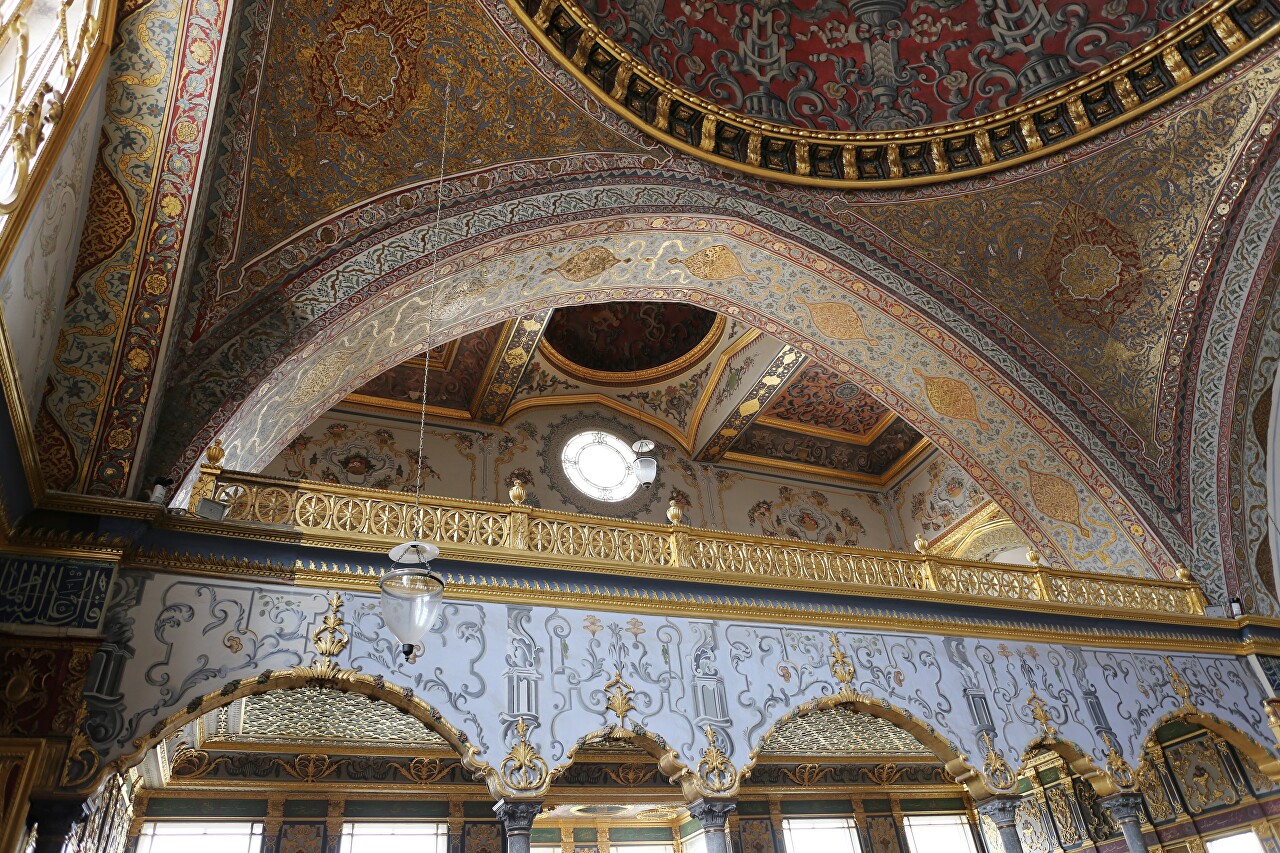
During the reign of Sultan Osman III (1754-1757), the hall was restored in the Rococo style, its walls were decorated with tablets with poems, gilded ornaments and mirrors. Under Sultan Selim (1789-1809), marble fountains appeared in the hall.
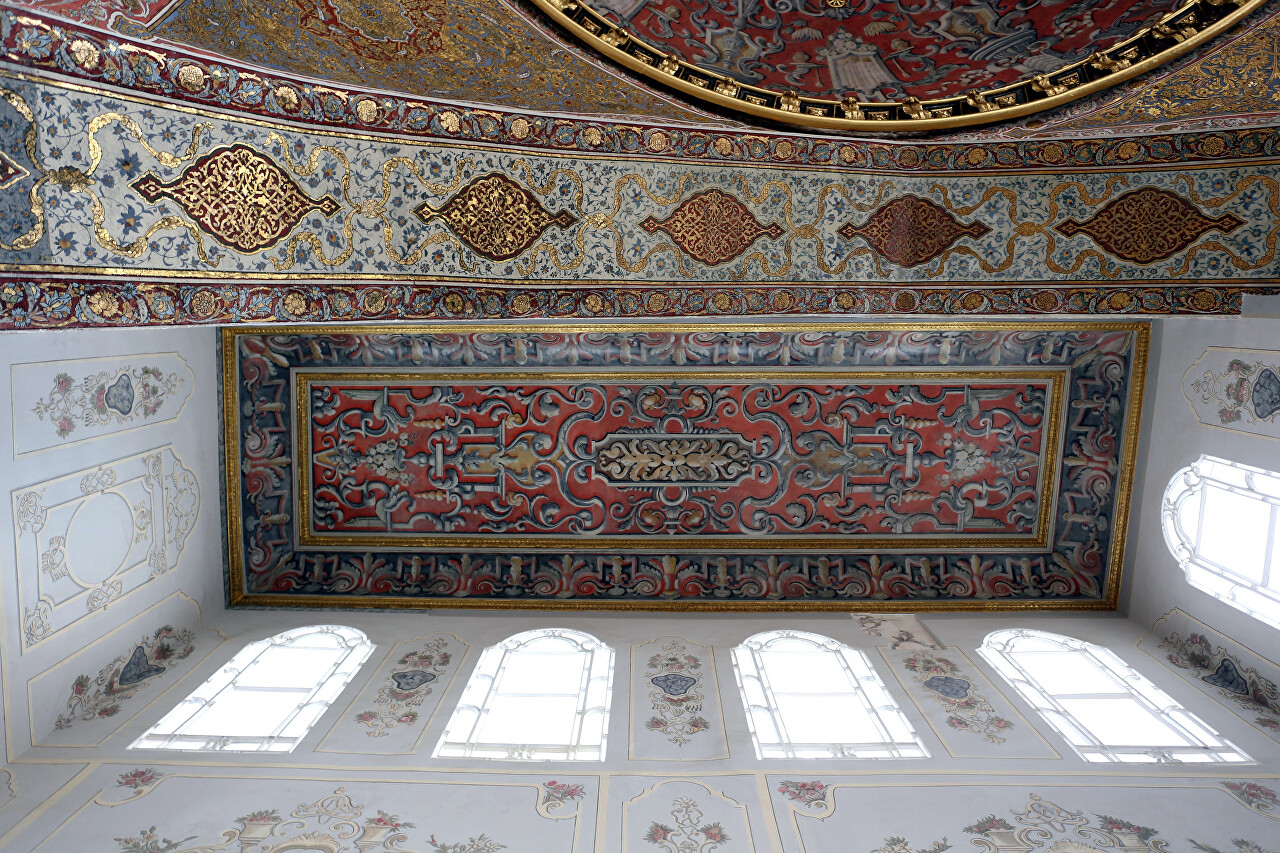
The dome of the Imperial Hall is the largest in the palace, with a huge crystal chandelier suspended at its central point.
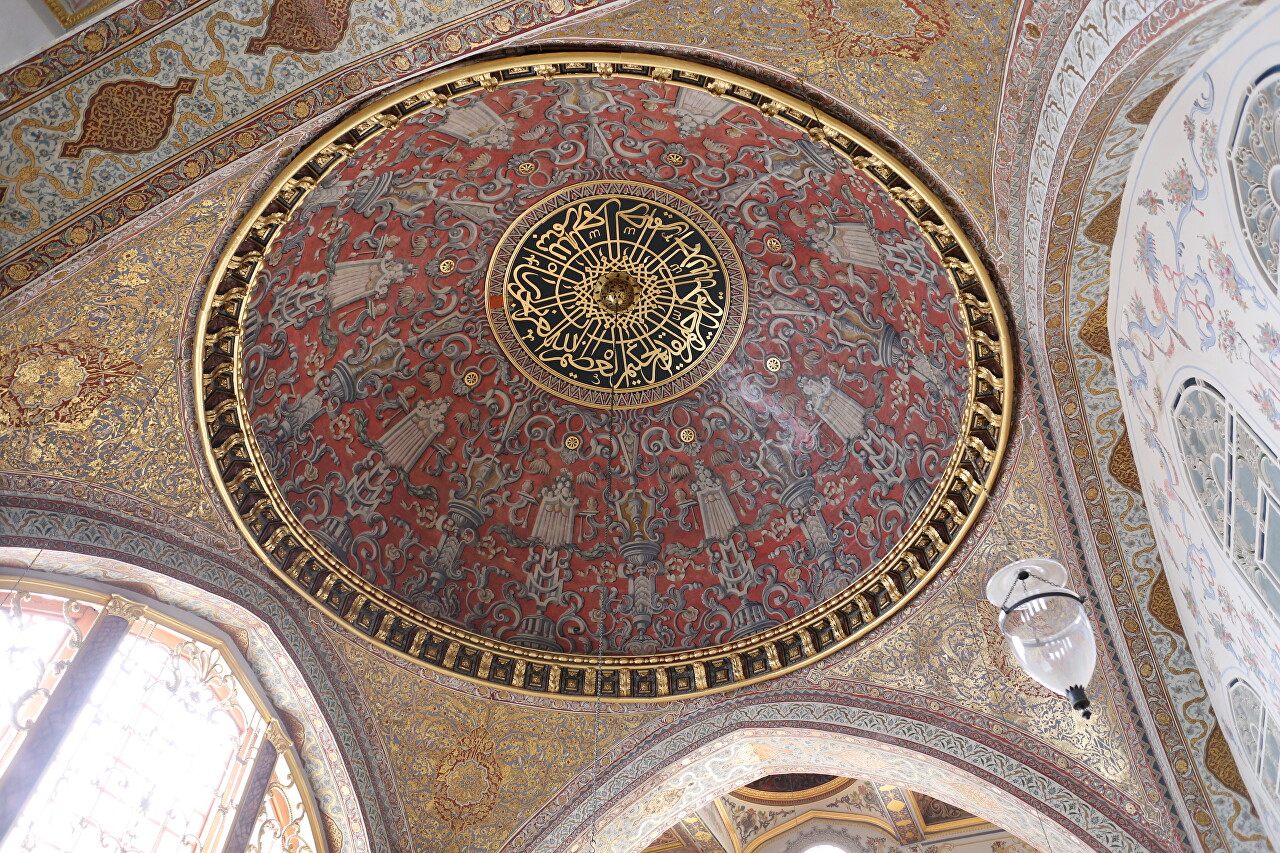
Marble columns separate the main space of the hall from the niche where the sultan's throne was installed during feasts. The walls of this room are decorated with Venetian mirrors, one of which has a secret door leading to the Sultan's apartments.
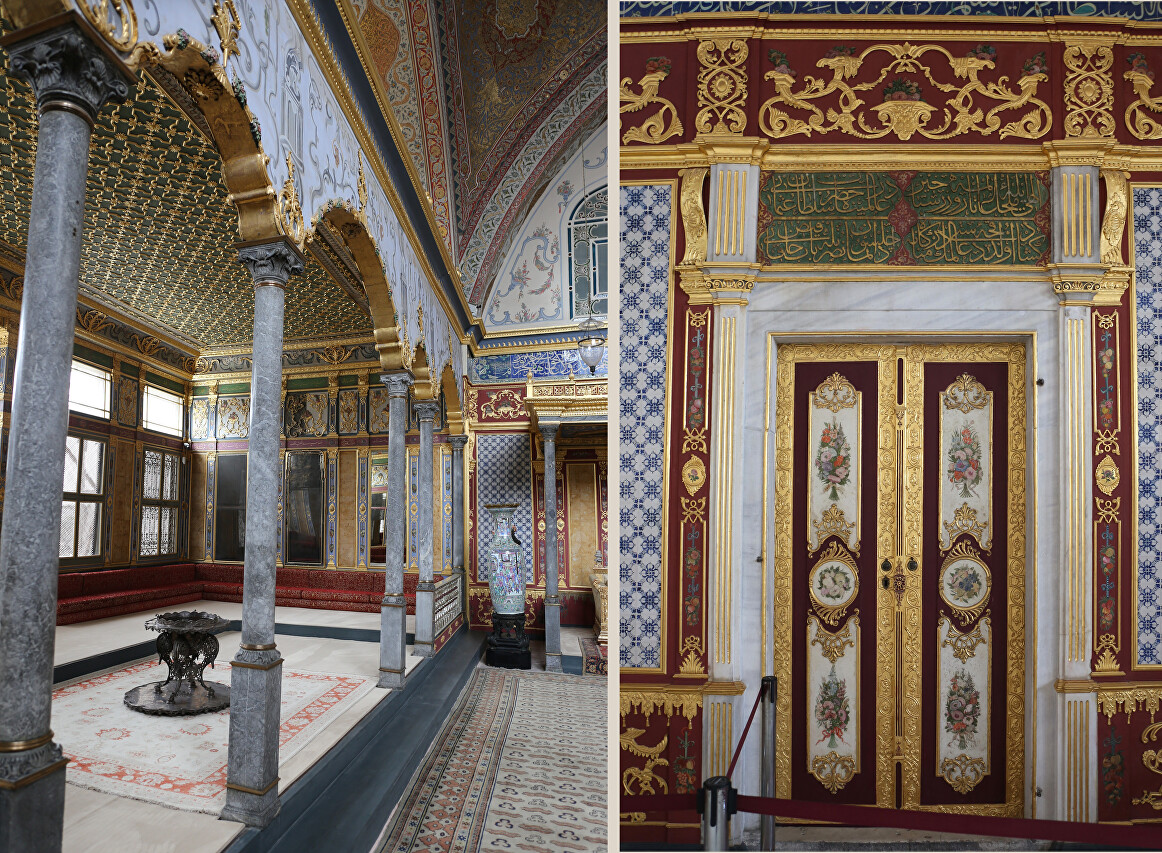
Despite the fact that the decoration of the hall represents different eras, everything looks very harmonious. It perfectly combines plaster murals on the walls and ceiling, ceramic panels and gilded three-dimensional elements.
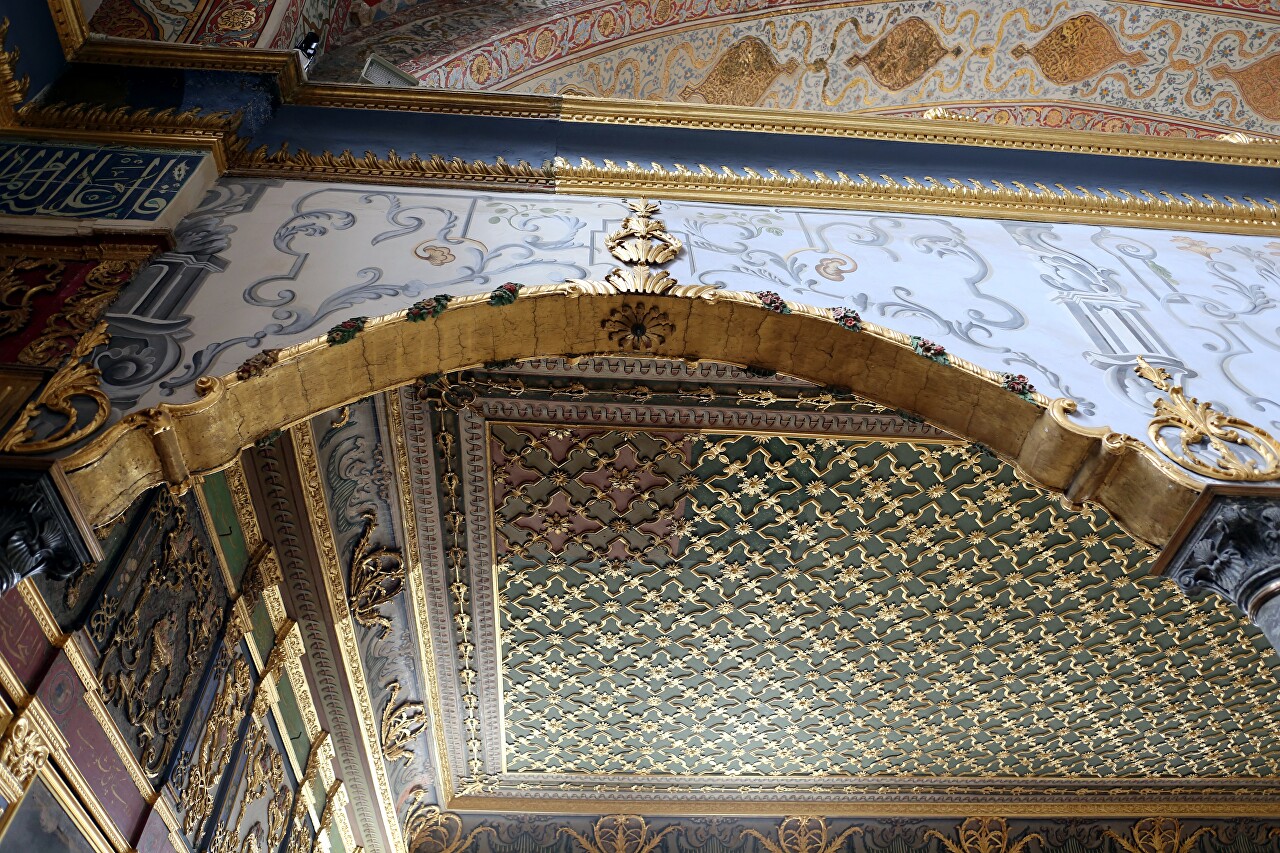
In the hall you can see a large grandfather clock, presented to the Sultan by Queen Victoria of Great Britain.
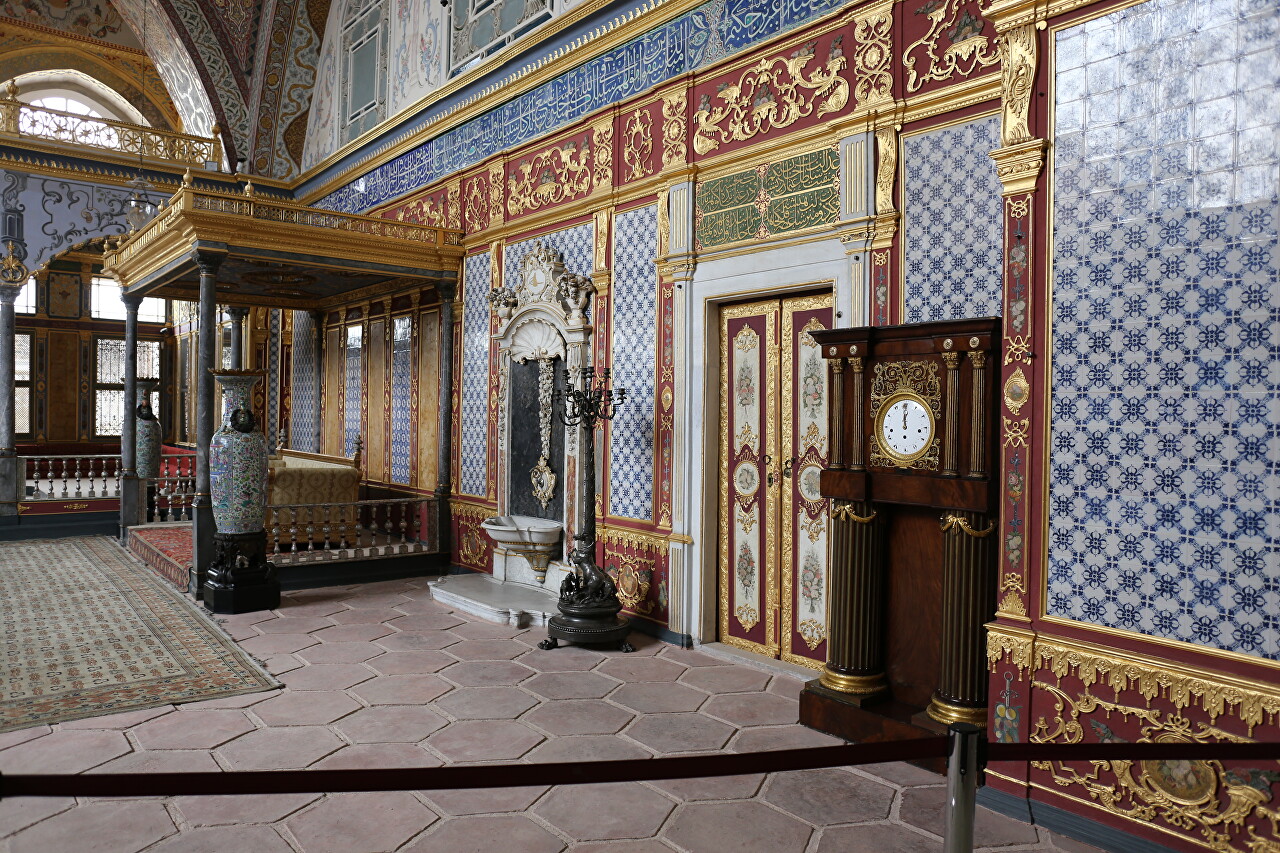
Adjacent to the hall is a room where exquisitely decorated musical instruments are stored. The room has an entrance from the Sultan's private apartments.
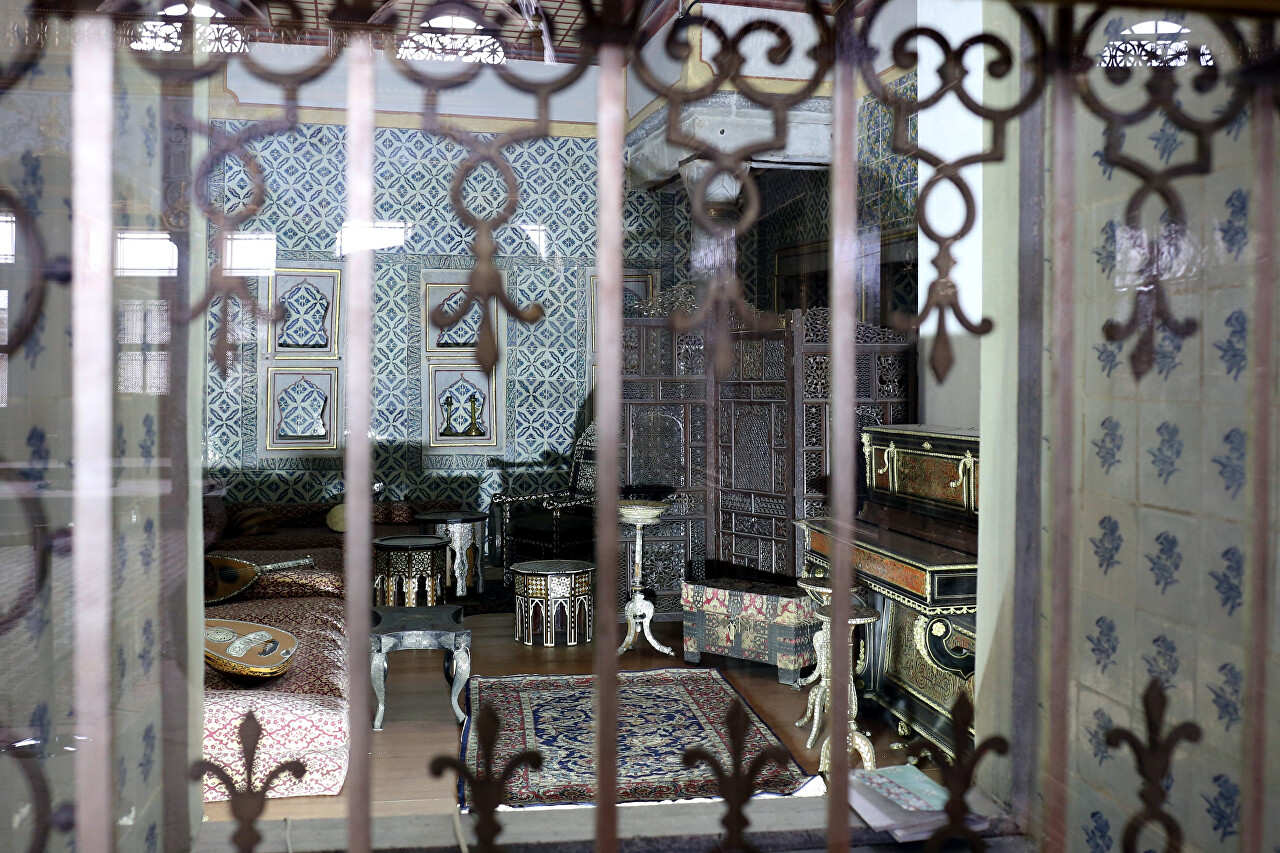
In 2006, it was decided to carry out a complete restoration of the Imperial Hall and the music Room. The survey and preparatory work took almost five years. Work began in January 2011, and after its completion, the hall was inaugurated by President Recep Tayyip Erdogan on January 12, 2015.
